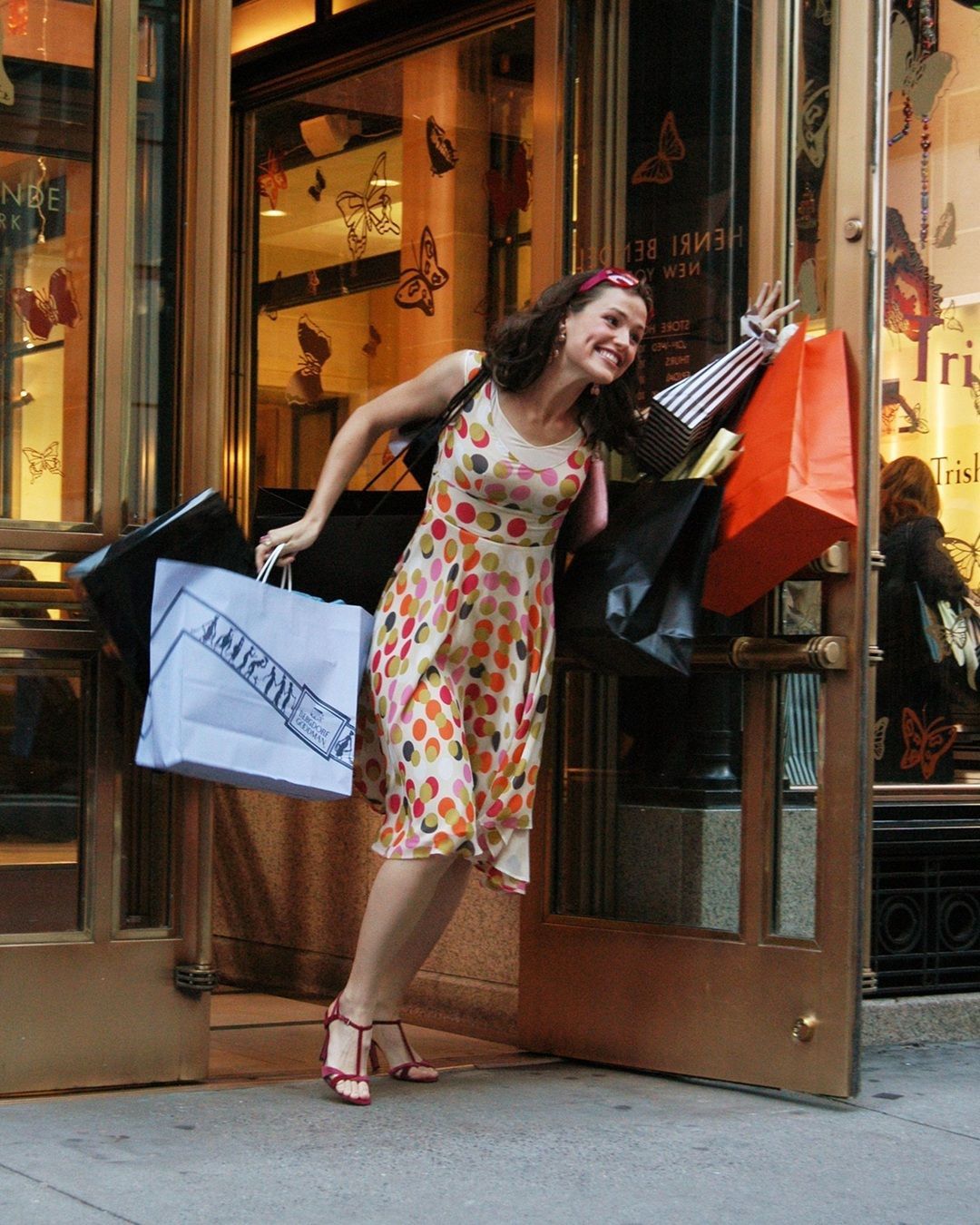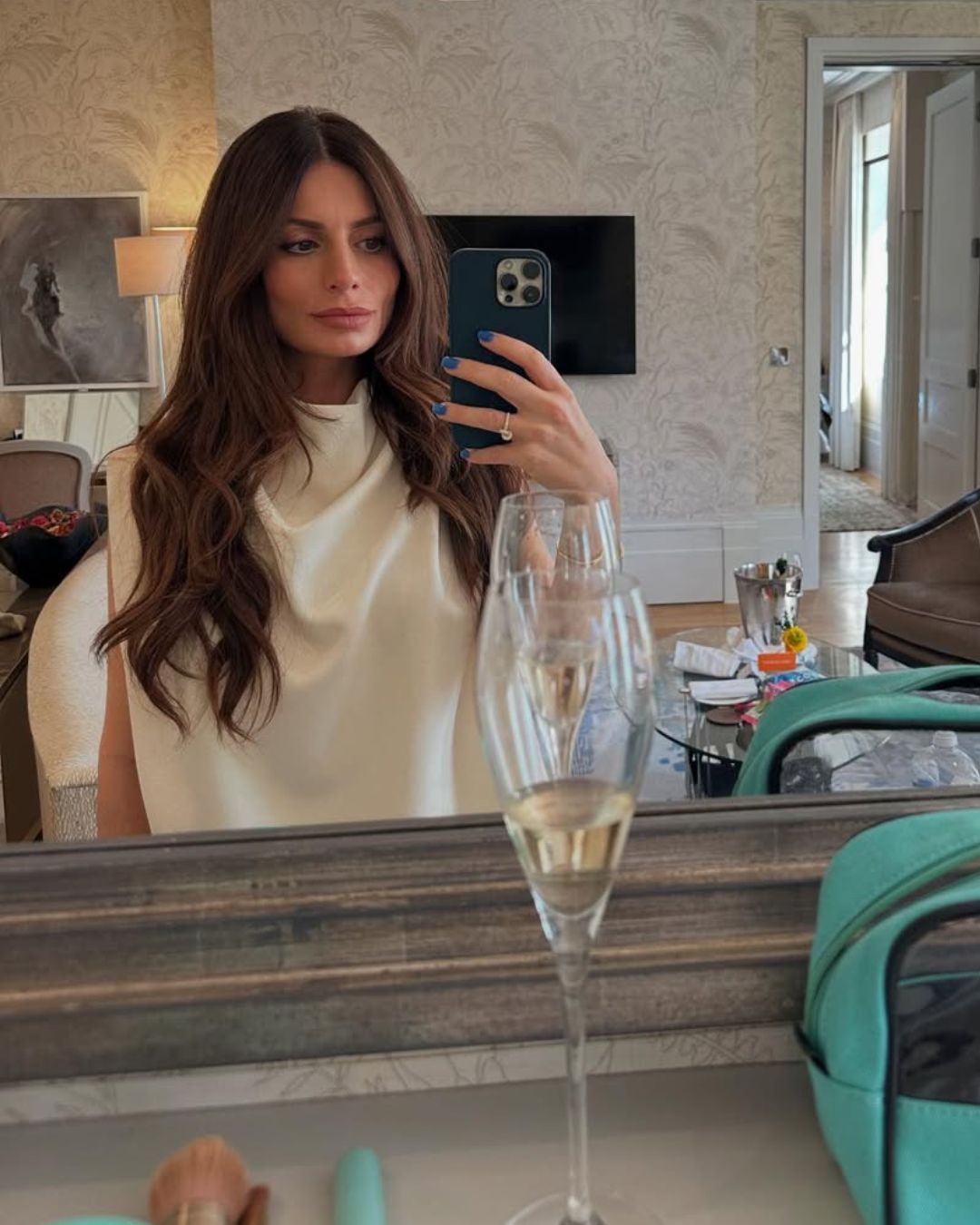
The cult of Aesop History and interesting facts about the Australian brand
Aesop has always followed its own pace and chosen to do things its own way. Without regard to competitors or trends. But how does a beauty brand that sells expensive aromatic oil soaps, does no advertising, constantly releases new products and has shops that almost look like art installations become a $2.5 billion cult? But the Australian company has made it, becoming a model surpassed by many and equalled by few. The secret is an almost insane attention to detail that has become synonymous with quality and coolness over time.
History
It all started in 1987 thanks to Dennis Paphitis, an Australian hairdresser of Greek descent who owned Emeis Hair Salon, a highly sought-after minimalist salon in Melbourne. Frustrated with the products on the market at the time, and especially their chemical and synthetic smells, he began incorporating essential oils into his hair products, recognising the benefits they could have for hair care (and beyond). So he developed trial samples for clients, which were so successful that they prompted him to expand his offering into skincare as well, turning to a chemistry lab to find new formulations that combined natural ingredients and science and were both pleasant and effective. A few years later, Emeis was getting closer to a full-fledged cosmetics brand, but the name was phonetically too similar to that of an established competitor, and Paphitis renamed it Aesop. This decision was anything but accidental. It was a tribute to the famous Greek storyteller and an allusion to the fact that companies in the cosmetics industry often promise sensational results with their products that are as unrealistic as fairy tales. After debuting with just four products, the Aesop range now includes nearly 100 products that also fall into the perfume and or home candles and incense, such as an aniseed and mint-flavoured toothpaste, a hand sanitiser with cedar, rosemary and mandarin scents, and an iconic antioxidant serum made from parsley seeds that sells every nine minutes. in 2004, Aesop opened its first shop in a semi-hidden corner of Melbourne's harbourside suburb of St Kilda. Since then, the company has gone from strength to strength, expanding its distribution network and turnover. in 2012, Paphitis sold a majority stake in the company to Brazilian cosmetics group Natura & Co. for $71 million. He eventually sold all his shares in 2016, but remained with the company in an advisory capacity. By 2022, Aesop had sales of more than half a billion dollars, grew to more than 200 shops and employed more than 2,000 people. In 2023, the brand was acquired by the French group L'Oréal for 2.5 billion dollars.
Products
Aesop is much more than a line of expensive hand soaps sold in elegant but simple packaging. It stands for quality and effectiveness. Each product is carefully developed so that it not only smells good, but also delivers what it promises. When it comes to product development, Aesop follows its own rhythm. While cosmetic companies usually launch new products monthly, sometimes weekly, Aesop simply launches them when they are ready and when customers express a need or a desire. Formulation often takes two to ten years and is the result of a thoughtful blend of essential oils, botanicals and artificial ingredients. Although many of them, such as parsley seeds and geranium leaves, are natural, the company never describes its goods as completely vegan and green. Suzanne Santos, Aesop's chief customer officer, who has been with the brand since its inception in 1987, points this out in every interview, explaining that there is a special team of chemists working in the labs at the company's headquarters where all the magic happens, from prototyping to mixing and formulating. They always use ingredients from the most reliable suppliers around the world, combining the best contemporary technology "with proven scientific procedures" The results can be found on the shelves of every shop and include everything: mouthwashes, deodorants, facial serums, perfumes, creams, soaps, products for dogs, ... All are packaged in the characteristic tubes with "pharmaceutical" aesthetics or in amber bottles with labels simply listing the ingredients under the name, in English and French, with minimal graphics and simple fonts (almost always Helvetica and Optima).
The stores
Not only are the products carefully studied, but also the place where they are to be displayed and sold. The goal? To offer customers a true hospitality experience, a cosy and peaceful place where you are treated like a guest, with quality products, great service and a comfortable space that appeals to all the senses. That's why, although no two stores are identical, apart from the goods, they all have certain elements in common: "The first is the smell: you can really recognise our smell when you walk past, and when you come in you know you're in the Aēsop. The next thing is the sink: We have washbasins in each of our shops for beautiful displays. Then there's the tea and the lounge area." But a sink isn't enough to invite you to wash your hands with a sample of Reverence Aromatique, which smells of vetiver, petitgrain and bergamot. How can you tell you're with Aesop? The obvious clues are the amber bottles lined up perfectly against the walls, the dim lighting inside, the quotes from great writers and philosophers on the walls or in the gift boxes, and the courteous hospitality and competence of the staff. Nevertheless, each Aesop store is different because each is a response to the specifics of its location. Often, a prominent designer is commissioned to create the interior using sustainable materials and an aesthetic that fits the tradition and needs of the location. The result? A sight that's always different, depending on whether you're in London or Tokyo. If you want to learn more, take a look at the Taxonomy of Design website, dedicated to the projects and architecture firms that have worked with Aesop. There you can find out that the carpet in the Collins Street store is made of goat hair and that the San Lorenzo store in Lucina was designed by Luca Guadagnino.
























































